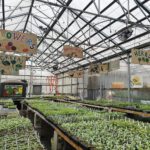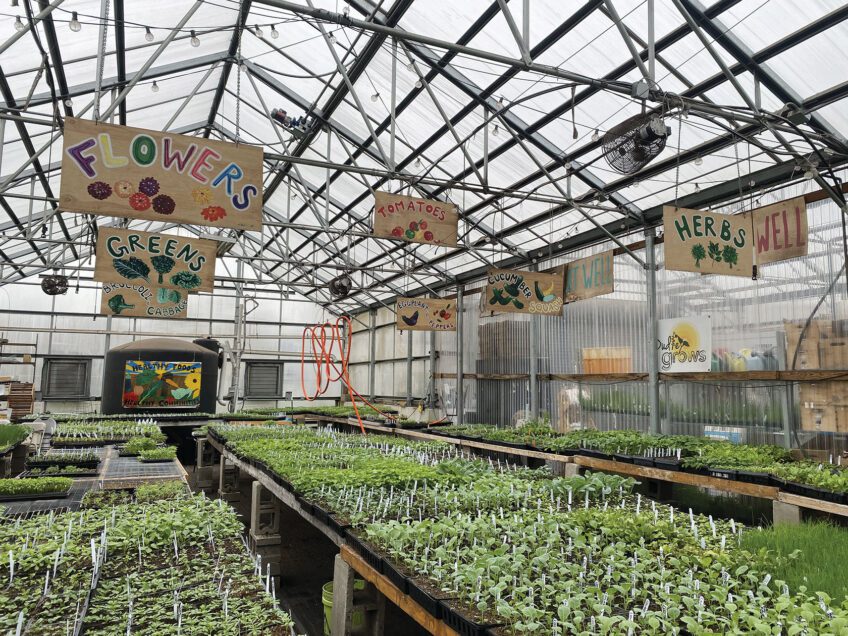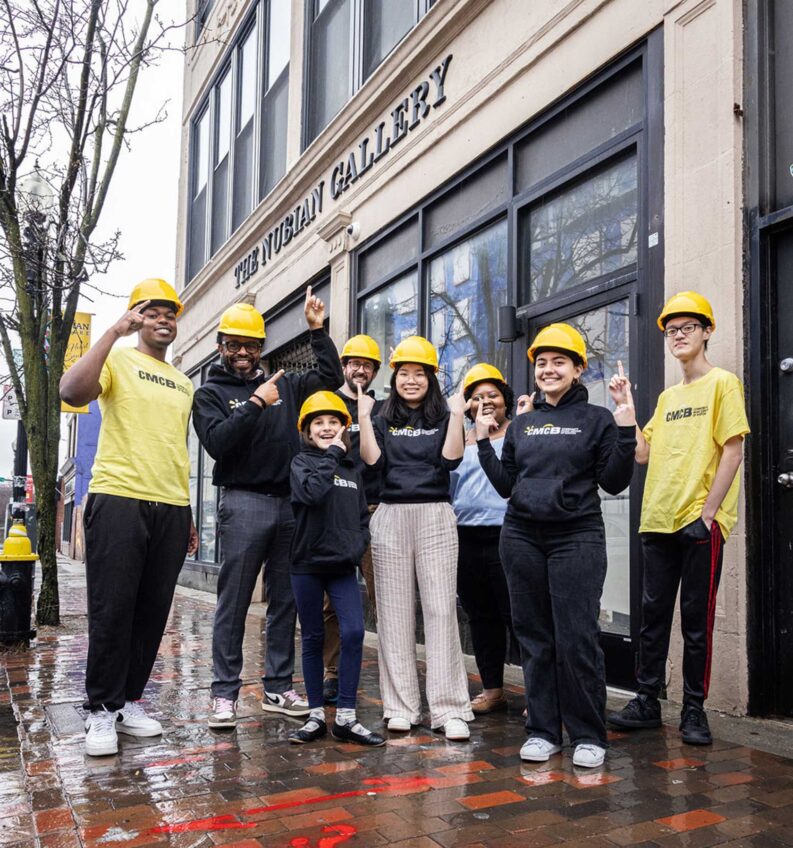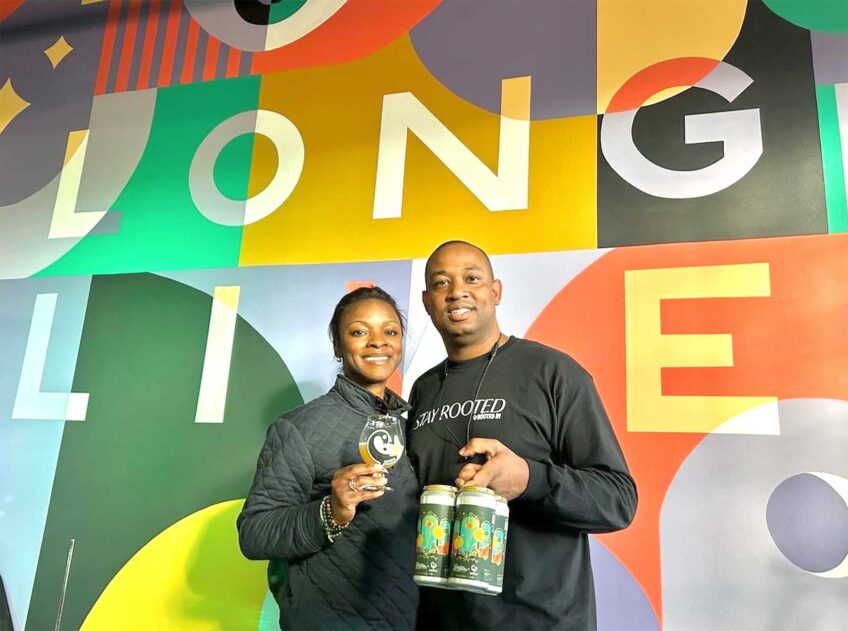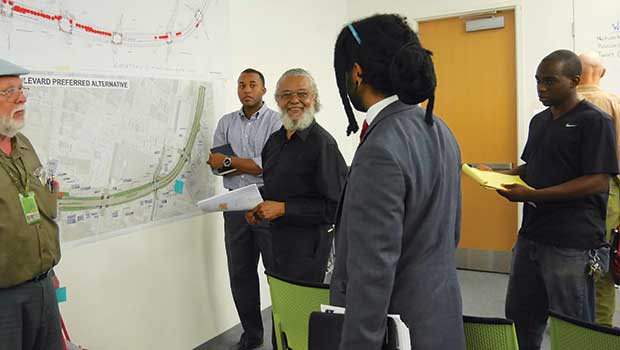
The group Friends of Melnea Cass Boulevard is urging city and state transportation officials and Mayor Marty Walsh to delay a street redesign plan in order to address community priorities regarding tree preservation and safety and ensure adequate community oversight of the project.
The Melnea Cass Boulevard “Complete Streets” redesign project, headed by the Boston Transportation Department, is intended to calm traffic and create a more pedestrian- and bicycle-friendly street as well as improve the area’s stormwater drainage. First introduced in 2011, the plans have gone through numerous iterations. The current one adds separated bike lanes on each side of the street, new landscaped center medians and traffic-calming elements such as raised intersections and crosswalks.
If you go
Friends of Melnea Cass Boulevard meets every Wednesday from 4–5:30 p.m. at 184 Dudley Street (Hibernian Hall) in Roxbury.
For more information, contact Alison Pultinas at dpultinasboston@a… or Kay Mathew at kmathew@madison-p… or call 617-849-6335.
Get in touch
For more information about the Melnea Cass Boulevard project, contact BTD Senior Transportation Planner Patrick Hoey at Patrick.Hoey@city…
On the Web
Friends of Melnea Cass Boulevard: www.facebook.com/…
Project website: www.boston.gov/de…
Interactive project map: http://wikimappin…
Climate Ready Boston report: www.boston.gov/cl…
The project reached a key 25 percent design milestone recently and must be advertised for construction by fall 2018 in order to retain funding, city officials say. With that deadline in mind, construction is expected to start in 2019 — and neighborhood advocates are stressing the urgency of getting the plan right before it’s too late.
A robust community response already has pushed significant alterations to the project — most notably the scrapping of initial plans to widen the street and add dedicated Bus Rapid Transit lanes in the center. While celebrating this victory and showing appreciation for some of the plan’s elements, such as the addition of a bike lane on the Roxbury side of the street, neighbors and advocates want to see several issues addressed before the design is presented for approval. The hearing on the 25 percent design is expected to occur in October.
At a community information meeting last month hosted by the Friends group, speakers decried the anticipated removal of some 60 mature trees, especially in light of Boston’s climate-ready planning report released in December. That report describes the “urban heat island” effect and calls for retaining and increasing Boston’s tree canopy in order to reduce heat-related health impacts and costs that could be felt more acutely in a warming climate.
“The climate change report is one of the reasons we’re working so hard to try to save the trees along the boulevard,” said Marah Holland, health equity and wellness coordinator for the nearby Madison Park Development Corporation.
The climate report shows that Melnea Cass Boulevard lies in one of the city’s extreme heat zones and that Lower Roxbury shows high flood potential, which Holland said mature trees can help mitigate.
“Keep in mind that a 40-year-old tree has a much bigger effect than a young tree. A mature tree can take in about 40 pounds of carbon dioxide per year, along with contaminants from the street,” she said.
Community opposition at public meetings and the Friends’ negotiations with the BTD have succeeded in bringing down the number of trees that will be lost. An unpopular early plan that included widening the street to accommodate center-median Bus Rapid Transit lanes would have removed 259 trees. As of last November, 159 trees were slated to go. The current revision calls for removing about 60 trees, mostly in the two blocks between Shawmut and Harrison Avenues.
Though the meeting at the Bruce C. Bolling Building was a neighborhood review organized by the Friends group, some city representatives attended. When another attendee asked why trees had to be removed, BTD Deputy Commissioner James Gillooly offered an answer from his seat in the audience.
Gillooly listed several reasons trees would be removed: to make sufficient space for “protected intersections” meeting modern safety standards; to make room for the new bike lanes; and as a side effect of drainage system reconstruction work that may damage roots.
“We are trying to make this street as safe as possible. We’re trying to put in bicycle facilities on both sides, an objective I think everyone shares. And we’re trying to do a commendable job in terms of controlling the flooding that takes place,” he added. “We’re trying to wiggle bike lanes around tree roots. We’re trying to balance a tremendous number of objectives on this project. … [T]here are multiple facets to everything in a roadway design, and everything competes with each other.”
He noted that the project would lead to a net increase in the tree count, as 265 new trees are to be planted.
“Admittedly, those are not going to be mature trees. They’ll grow over the years,” he said. “But the majority of trees are being preserved.”
Kay Mathew, a co-founder of Friends of Melnea Cass Boulevard, told the Banner that the group is zeroing in on these 60 trees because they are the most mature and beautiful ones along the street.
“It just doesn’t make sense,” she said of the city’s insistence that the trees have to go. “Our position is ‘Where there’s a will, there’s a way.’ It’s not impossible to save those trees if they were to think more creatively.”
One of the alternative ideas her group is suggesting is for the city to secure some additional land from the boulevard’s vacant land parcels before they are developed, in order to route bike paths without sacrificing trees.
The BTD engaged the Friends group for a time, Mathew said, with several meetings held last fall and in early spring, but communication has lapsed.
“The 25 percent design submission took us by surprise. We didn’t realize they had gotten that far,” she said. “We have been achieving a certain amount of success — but we’re no longer invited.”
Other issues include concern over inconveniently-located crosswalks and a desire for the bike paths to be two-way on both sides of the street instead of the currently planned one-way paths not likely to be practical for bicyclists making their way to and from Tropical Foods or Orchard Gardens K-8 School.
“We are asking for continued work on the design itself,” Mathew said.
Next steps include intensifying efforts to get the mayor’s attention, she said. The group has not heard back yet after sending a letter to Walsh in May asking to meet with him and outlining dissatisfaction with the design and with the “increasingly limited” inclusion of the Friends group in the process.
Other local elected officials have been supportive of community efforts along the way, Mathew said, including State Rep. Byron Rushing, former Rep. Gloria Fox, State Sen. Sonia Chang-Diaz, City Councilor Tito Jackson and the office of U.S. Rep. Michael Capuano. Chang-Diaz and Rushing attended the recent meeting, with Rushing introducing and concluding the program.
Rushing urged attendees to send postcards to the mayor, voice their thoughts and ideas to the Friends group and attend the design hearing in October.
“We shouldn’t forget the victories,” he reminded them. “Several years ago the priority issue was the widening of the boulevard. And we won that one. But the only way that decision got made is, we kept insisting. That’s where we are now. We don’t think this is finished yet.”


![Banner [Virtual] Art Gallery](https://baystatebanner.com/wp-content/uploads/2024/04/Cagen-Luse_Men-at-store-e1713991226112-150x150.jpg)
